Nostalgia has become an important part of the gaming industry for some time now. The retro wave that has swept through the past two years has prompted us to re-examine the potential value of old consoles and works. Recently announced, the PlayStation Classic (Mini PS) is undoubtedly a product that caught everyone off guard, appearing just three months after its announcement, and SIE even remade advertisements from 20 years ago, indicating that it was all premeditated.
The first batch of PlayStation Classic includes 20 games (with differences between the US and Japanese versions, totaling 28). Some of these are well-known classics, while others hold special significance in the context of their era. You may be very familiar with them or may have never heard of them for various reasons. Regardless, these nostalgic old works deserve to be known by more people.
To explore further, we have categorized these 28 games according to their current popularity into three categories: those that are still hot, those that are barely alive, and those that are on the verge of extinction – after more than 20 years of wear and tear, their fates are all different.
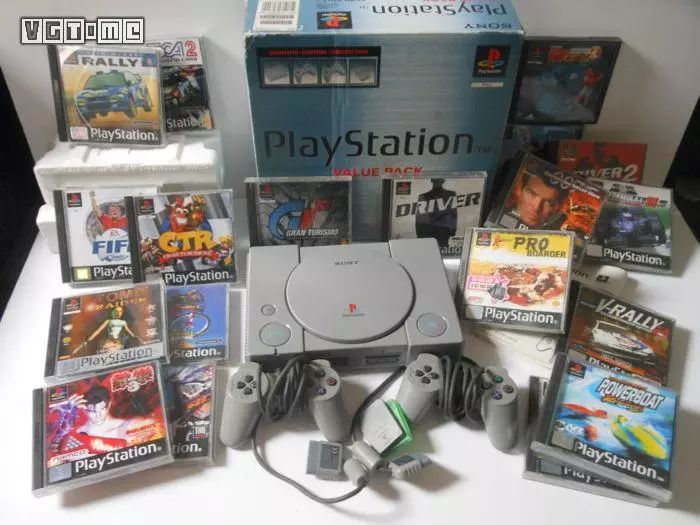
The Older Brother of “Life = Fame”
A total of 6 games, accounting for 21.4%
Resident Evil Director’s Cut
Compared to the original 1996 version of “Resident Evil”, the remastered “Director’s Cut” offers a better experience, with different degrees of optimization in perspective, enemy configuration, item placement, and puzzle settings, making the game itself more tense and interesting. The combination of third-person and fixed perspective also makes every corner of the mansion dramatic, enhancing the horror feel of the game.
The “Resident Evil” series has undergone many changes, leading to numerous innovations. The over-the-shoulder concept introduced in “Resident Evil 4” later became a reference benchmark for third-person shooting games. Even now, the series remains a flagship of Capcom, continuously innovating, with “Resident Evil 7” receiving player acclaim for returning to “horror thrills”, and the remake of “Resident Evil 2” is highly anticipated.
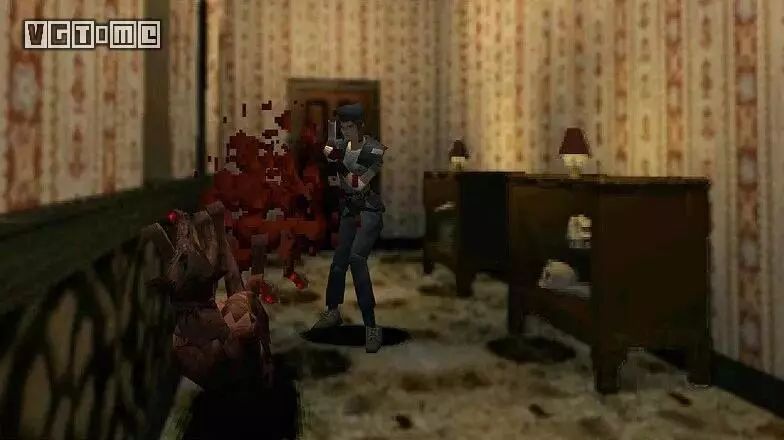
Final Fantasy VII
The accolades associated with “Final Fantasy VII” are countless, and it’s usually hard to say anything new about it. The game sold over 10 million copies just on the PS version, with its characters, story, and world setting being top-notch, influencing an entire era of game design. In 2012, “TIME” magazine listed it as one of the “100 Greatest Video Games of All Time”, a title well-deserved.
The first “Final Fantasy” was released on the FC platform in 1987, and this series continues to shine, with players eagerly awaiting the “Final Fantasy VII Remake” after the release of “Final Fantasy XV”.
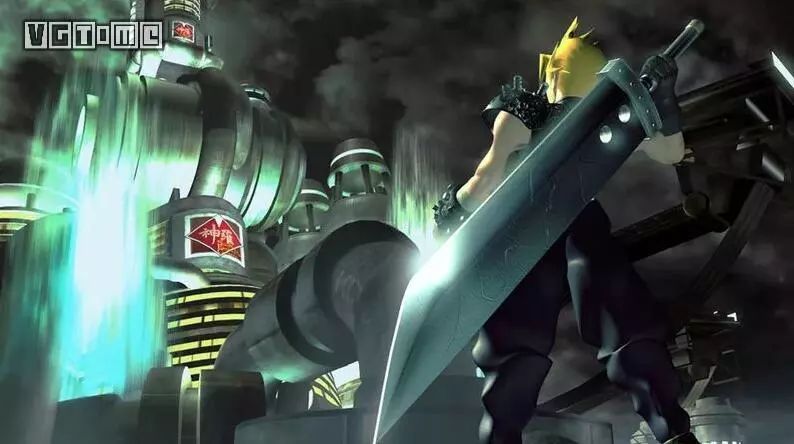
Grand Theft Auto
Released in 1997, the first “Grand Theft Auto” was not as mature as it is today, but it still had many innovations. The main tone of the series was established at that time and laid the foundation for subsequent open-world designs. Players play as a gang member from a 90° perspective, sometimes needing to complete robbery and murder tasks, which sounds no different from “Grand Theft Auto V”.
The first “Grand Theft Auto” sold about 1 million copies, and 20 years later, “Grand Theft Auto V” saw sales soar to 95 million copies, a number that continues to grow. Unfortunately, according to Rockstar co-founder Dan Houser, the current political climate in the U.S. has become an obstacle to the production of “Grand Theft Auto VI”, and the sequel is unlikely to be released during “Trump’s term”.
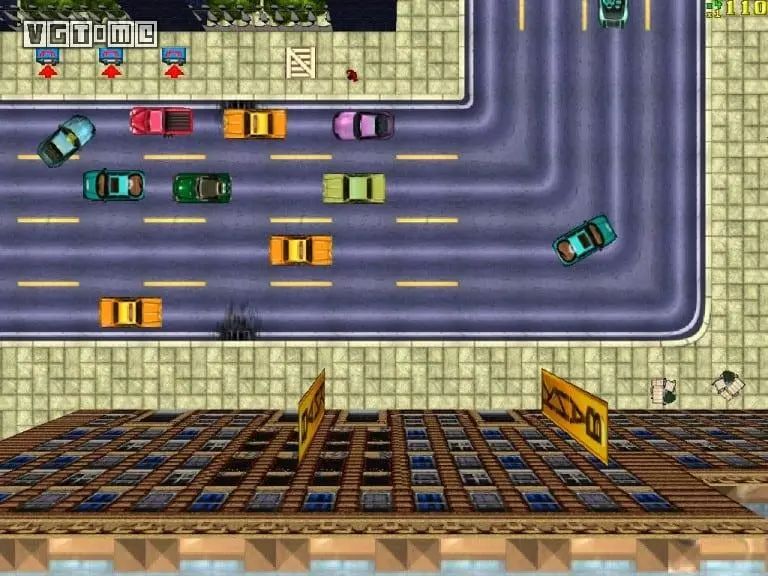
Persona
As a spin-off of the “Shin Megami Tensei” series, “Persona”, which debuted in 1996, carries a hint of “dark” atmosphere. Due to the lack of quality RPG games at that time, it received much attention upon release. The school student perspective, the introduction of Jungian psychology, and the persona cultivation system made it stand out.
However, the series gained mainstream attention thanks to “Persona 3”, which incorporated more pop elements in its graphics and music, resonating with young people. This laid a solid foundation for developer Atlus, and the latest installment, “Persona 5”, released in 2016, also received great popularity. With the nourishment of derivative content like animation, novels, comics, and stage plays, Persona is likely to accompany us for a long time.
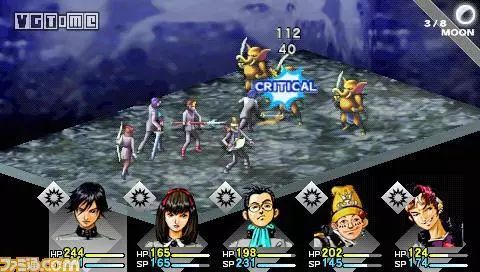
Tekken 3
Released in 1998 on PS1, “Tekken 3” is considered one of the greatest fighting games, with global sales exceeding 8.5 million copies, and it became the second best-selling fighting game of all time in 2013 (the rankings have changed since). The Metacritic score also reached 96. In addition to adding characters and improving graphics and music quality, the game also adjusted previous details, such as reducing jump height to encourage players to use dodging and movement to outmaneuver opponents, speeding up the overall pace.
The first “Tekken” was released in 1994, and interestingly, it was not originally conceived as a fighting game, but has now become a benchmark for the fighting genre. The latest installment, “Tekken 7”, was unveiled in 2015 and launched on home consoles and PC in 2017. The series remains a flagship of Bandai Namco, showing great vitality.
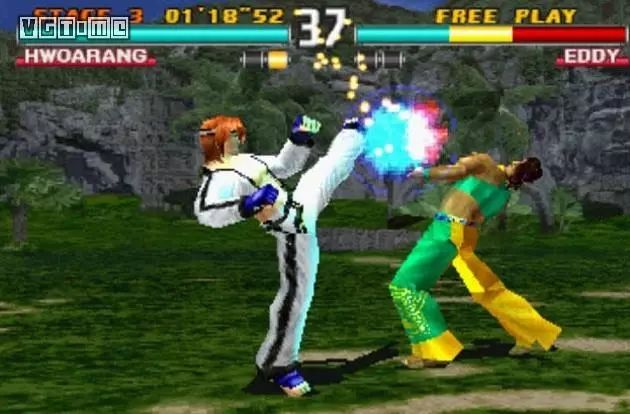
Rainbow Six
The first “Rainbow Six” was a hardcore title, with developer Red Storm introducing the experiences of FBI hostage rescue teams during the conceptual phase. The game places more emphasis on stealth and tactics rather than pure shooting; both enemies and allies can be killed with just a couple of bullets. Before executing missions, players must carefully customize their equipment and pre-set path points, which affects the AI’s subsequent command execution.
Despite appearing extremely niche, “Rainbow Six” has now become one of the most popular game series in the world. The latest installment, “Rainbow Six: Siege”, was released in 2015, enhancing the overall pace of the game while retaining rich tactical elements, such as drones, reinforced walls, and destructible ceilings, making each match feel fresh. As a service game, “Rainbow Six: Siege” has been continuously updated for three years, and more content is expected to be released in the future.
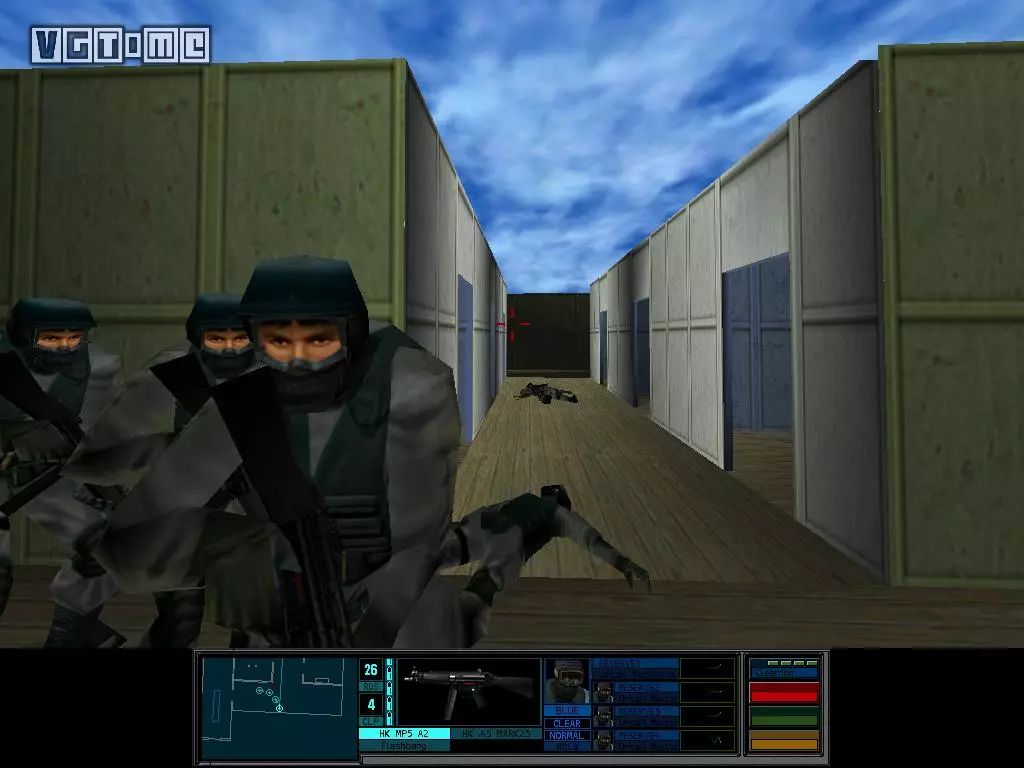
Pioneers with Fading Breath
A total of 11 games, accounting for 39.3%
Armored Core
Warriors fighting in Los Ric and Anan may not realize that From Software, known for creating fantastical worlds, also has another identity as a “hardcore mech faction” – “Armored Core” is also one of their distinctive works. The highly customizable mechs and emblem system, along with extremely high task difficulty and AI design, have left a deep impression on many “Stockholm syndrome patients”. The hardcore, even considered perverse personal designs once stirred up a wave of subculture on Nico Nico.
The “Armored Core” series has numerous works across platforms, including PS1, PS2, PS3, Xbox, and mobile. Although no new titles have been released for five years, From Software stated in 2017 that “the Armored Core series will not end here”, so its future is still worth looking forward to.
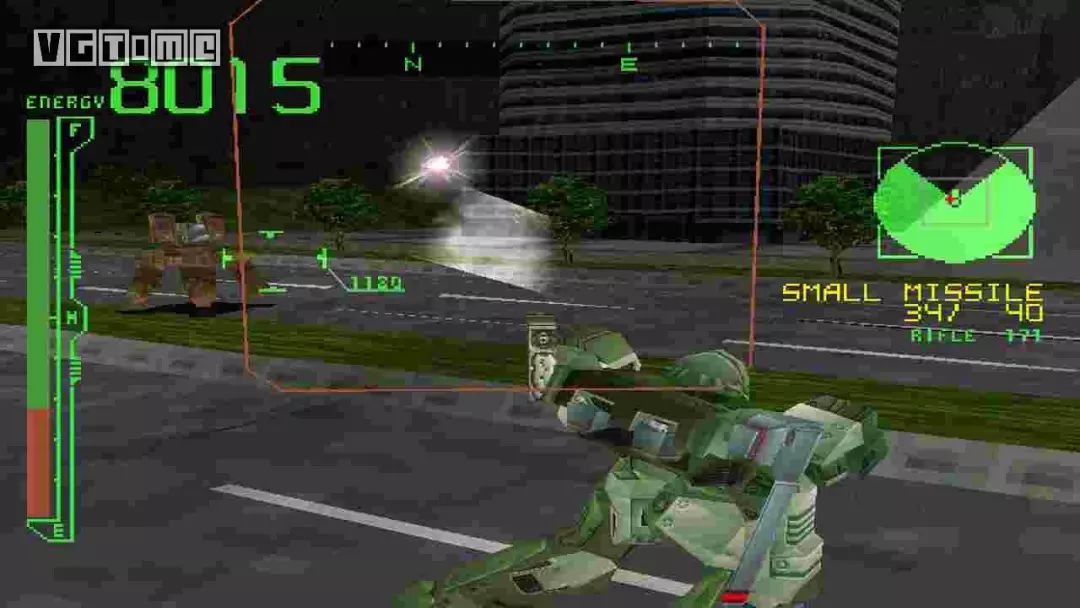
SaGa Frontier
“SaGa Frontier” holds historical significance as it is the first title in the “Romancing SaGa” series to be released outside Japan and the first to land on the PS platform. The game allows players to choose from multiple characters and follow their unique storylines, while retaining open-world exploration and non-linear branching narratives.
Many players believe that Romancing SaGa can be praised alongside Final Fantasy. The first installment debuted as the first RPG on Game Boy in 1989. Even today, many elements of Romancing SaGa can still be seen in “Octopath Traveler”, inheriting its charm.
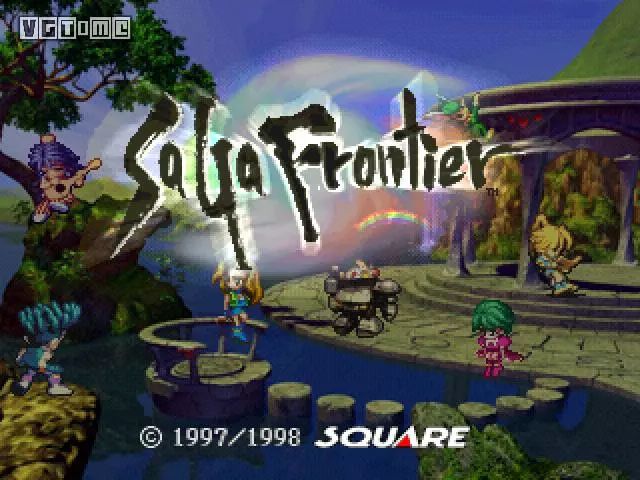
Arc the Lad/Arc the Lad II
While “Arc the Lad” may not be well-known in China, it made quite an impression when it was first introduced to the Japanese market with its clever fusion of various elements. Players can experience both the traditional SLG format and enjoy RPG-style pet evolution, hunting, and money-making gameplay. It is also considered one of the earliest RPGs to use orchestral music, and the inclusion of “vocal shouting” during battles was quite impactful for that era.
Due to the first installment being the best-selling PS game in Japan in 1995, selling over a million copies, related sequels, comics, animations, and novels quickly emerged. The main console works of “Arc the Lad” number as many as six, with the first three on the PS1 platform, and “Arc the Lad: Twilight of the Spirits” released on PS2 in 2004 can be seen as a farewell piece. However, after being silent for 14 years, a new title called “Arc the Lad R” has appeared on mobile platforms this year, indicating that the series’ story is still not over.
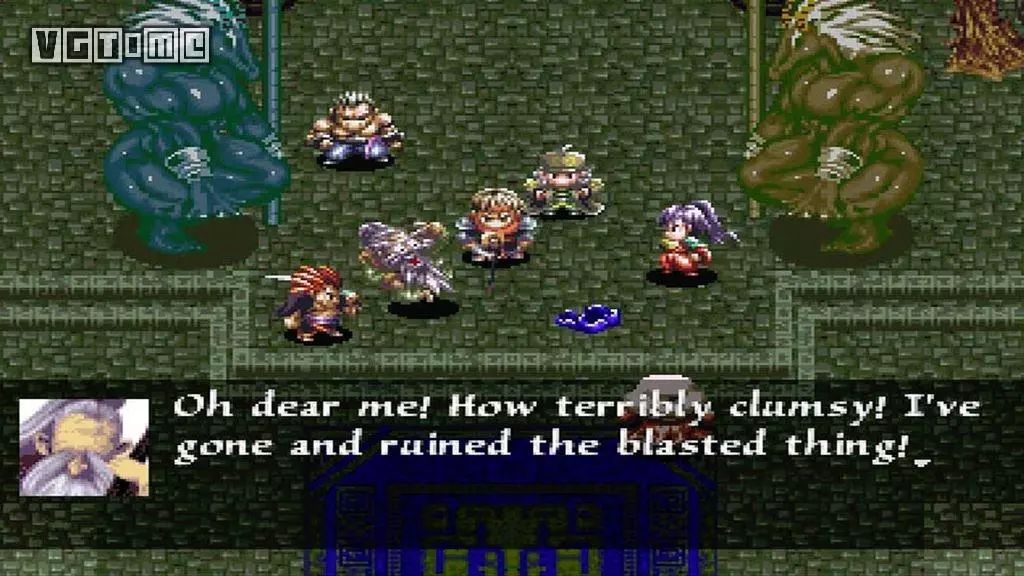
Metal Gear Solid
Hideo Kojima and “Metal Gear” first became well-known to the public thanks to the excellent performance of “Metal Gear Solid”. Outstanding graphics, varied stealth gameplay, unconventional storytelling, cinematic narrative, and the application of 3D real-time computation quickly made it a flagship title for Konami.
The first “Metal Gear Solid” was released in 1998, but tracing the roots of the series goes back to “Metal Gear”, which landed on the MSX platform in 1987. Since Hideo Kojima ceased working at Konami in 2015, the series has stopped with “Metal Gear Solid V”. Overall, the story of Metal Gear Solid has reached a relatively complete conclusion, and the core spirit of the series will likely only be seen in other works.
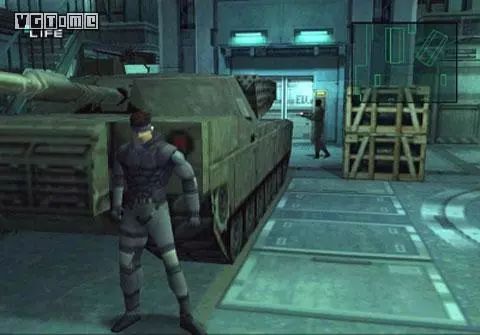
Mr. Driller
“Mr. Driller” is a somewhat lesser-known series under Namco. As a puzzle game, its rules are not complex; the protagonist is equipped with a drill and air capsules, needing to dig down before running out of air while connecting same-colored blocks to eliminate them and reach the end. To increase enjoyment, the character has various abilities, and falling bricks and soil blocks also pose obstacles, enhancing the game’s difficulty and fun.
The first installment of “Mr. Driller” was released in 1999 and has since shaped the entire series. Although new titles have been released, they generally follow the same formula. The latest installment, “Mr. Driller for Kakao”, was launched in 2015 for iOS/Android.
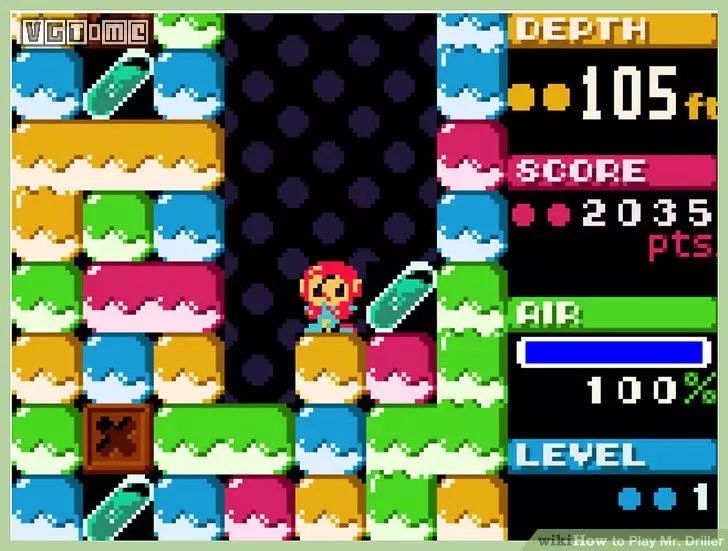
Oddworld: Abe’s Oddysee
“Oddworld: Abe’s Oddysee” is a 2D platformer that contains many interesting puzzles. The protagonist Abe’s “weakness” increases the overall difficulty of the game, as getting hit by enemies or touching obstacles can lead to death, and sometimes players must tiptoe to avoid enemies, adding a strategic element.
Besides the original 1997 release of “Oddworld: Abe’s Oddysee”, there are several derivative contents. The 2005 release on Xbox, “Oddworld: Stranger’s Wrath”, transformed into an action-adventure game. The latest installment is the 2014 remake of Abe’s Oddysee, and Oddworld Inhabitants has previously released several HD versions, suggesting that they will continue to revisit this franchise for some time.
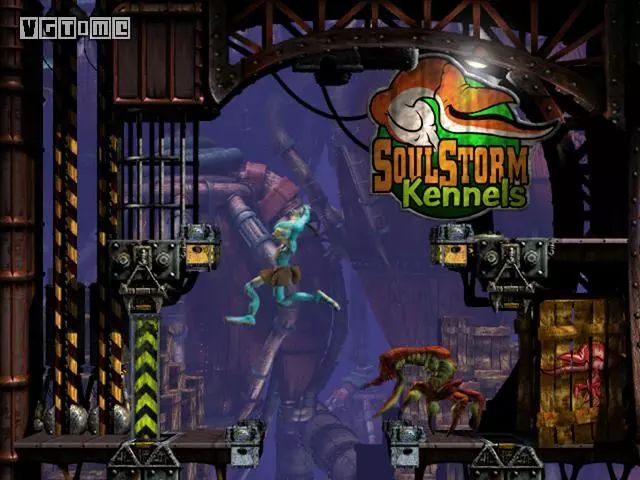
Rayman
If you had to choose a historically significant representative image for Ubisoft, “Rayman” might carry more weight than “Assassin’s Creed”. In the first installment of the series, players need to traverse six different worlds, controlling Rayman, who has no arms or legs, using running, jumping, and hitting to solve various puzzles. The game features numerous traps and a wide variety of enemies.
The “Rayman” series has a staggering 44 cross-platform works, making it hard to count. However, “Rayman Legends” is likely the newest title in the “main series”, which was released on PS3, Xbox 360, PS4, and Xbox One in 2013-2014, and later on Switch in 2017. As for the much-anticipated new installment, it seems we will have to wait for Ubisoft to take the plunge.
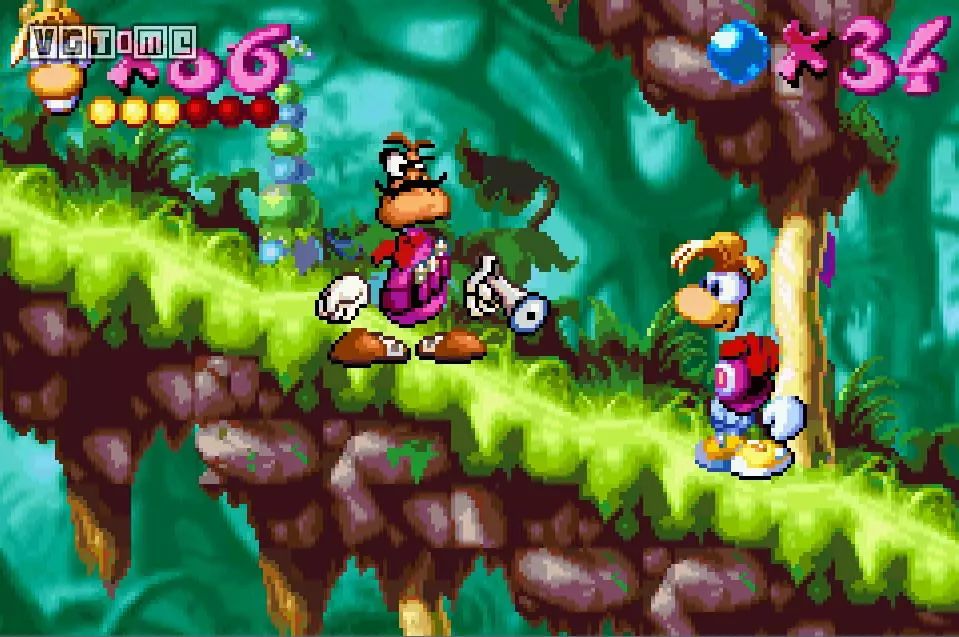
Block Buster 2X
Although “Block Buster 2X” has a “2” in its title, it does not actually have a sibling title but rather imitates the name of “Street Fighter 2X”. Combining a puzzle game with a well-known IP was quite novel in 1996, and the game cleverly incorporated characters from “Street Fighter” and “Darkstalkers”, quickly attracting players’ attention.
The gameplay of “Block Buster 2X” is simple; players control falling blocks, and stacking same-colored blocks together will eliminate them. Capcom intended to use it to compete with Sega’s “Puyo Puyo 2”. In 2017, they released a mobile version of “Block Buster”, but this game ceased operations on July 31 of this year.
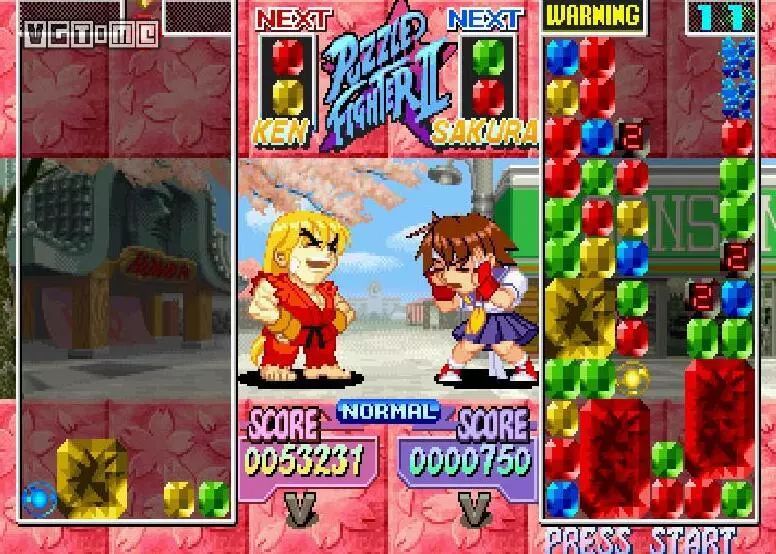
Wild Arms
Unlike other RPGs, the first “Wild Arms” uniquely introduced a Western and cowboy theme while incorporating sci-fi and fantasy elements, giving it a strong steampunk flavor. From a gameplay perspective, it does not have particularly outstanding features, following the old formula of “maze exploration + turn-based”. However, its rich puzzle elements and twisting plot have left a significant mark in history.
The seventh installment of the series, “Wild Arms XF”, was released in 2007 on the PSP platform. After a decade of silence, Sony’s ForwardWorks launched a mobile game titled “Wild Arms: Million Memories”. The mobile game received average reviews in the player community, with many believing that if you exclude gacha mechanics and pay-to-win elements, it still has some of its past charm.
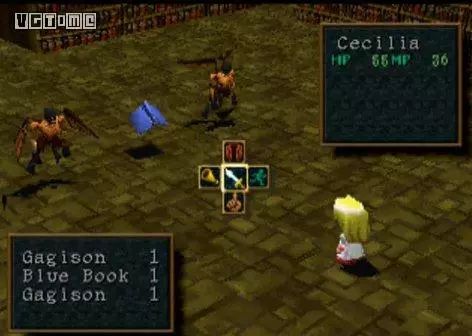
G.Darius
“G.Darius” is a horizontal shooting game ported from arcade, not originally born on the PS platform. Although it seems unremarkable, the design and background story of the game are quite unique. Players need to battle warships resembling marine creatures, and it introduces a multi-ending setting that is not common in horizontal shooters.
The first “Darius” was released in 1987, using a unique three-screen arcade frame. Despite its ups and downs, the series continued to release new titles until 2015, with the latest being “Dariusburst GS” for PS4, PC, and PSV, which received positive player reviews. In 2016, the brand owner Taito’s capital was reduced from 1.5 billion yen to 50 million yen, indicating that we should cherish it while we can.
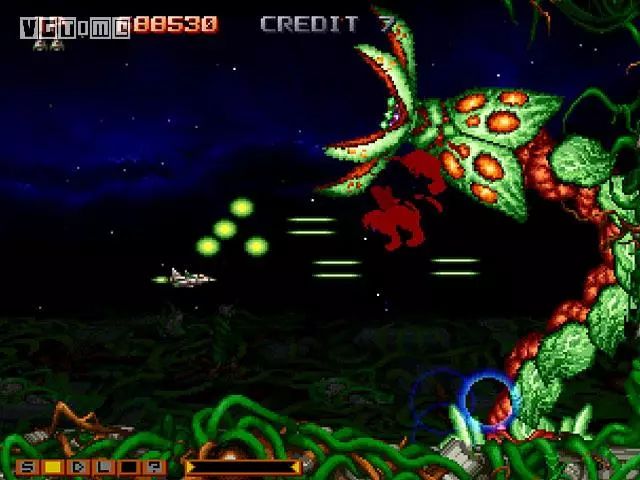
The Tears of Time’s Decline
A total of 11 games, accounting for 39.3%
Gradius Gaiden
If you’re unfamiliar with the name “Gradius”, you can consider it a series product of “Salamander”. It can be said to be a design benchmark for horizontal shooting games, with constantly changing backgrounds and themes, a customizable and upgradeable ship, and the Option function that enhances the aircraft’s performance, all elevating the enjoyment of “shooting games” to new dimensions.
“Gradius” first landed on arcade platforms in 1985 and concluded with “Gradius ARC – Legend of Silver Wings” in 2010. Considering the shrinking market for such works and Konami’s recent business strategies, the chances of it making a comeback seem slim.
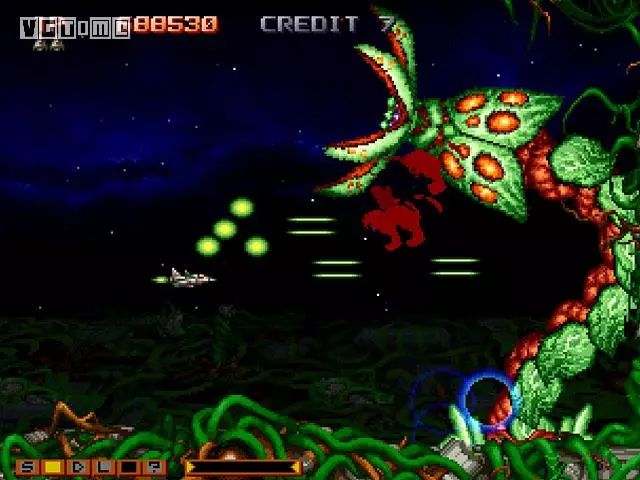
Parasite Eve
“Parasite Eve” has a unique identity as it is a game sequel to the sci-fi novel of the same name by Japanese author Hideaki Sena. Although it primarily focuses on horror survival, telling the story of “mitochondria” awakening and countering humanity, it also incorporates an ATB system similar to “Final Fantasy” and “Chrono Trigger”, allowing players to enjoy both combat and RPG elements.
The series consists of three titles: “Parasite Eve” released in 1998, “Parasite Eve II” released in 1999, and “Parasite Eve: The 3rd Birthday” released in 2010. Since the sales and reputation of the game have declined sharply starting from the second installment, the likelihood of Square Enix reviving it is low.
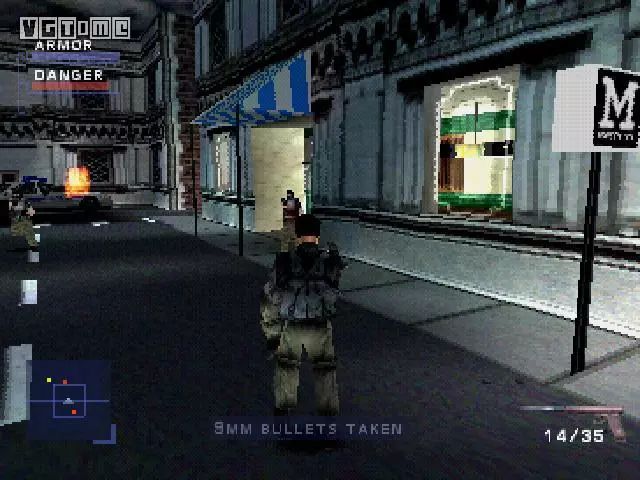
Fighting Force
Looking back at 1995, the fighting game market was almost divided between SNK and Capcom, but “Fighting Force”, developed by Tamsoft, was also significant. It was the first fully 3D fighting game on the PS platform and incorporated a sidestep movement mechanism, truly ushering fighting games into the “true 3D” era.
Initially exclusive to the PS platform, it was ported to Sega Saturn within a year. However, due to competition from “Tekken” and other 3D fighting games, “Fighting Force” remained lukewarm. The “Soulcalibur” series inherited its “weapon-based combat” concept, and many designs still exist today.
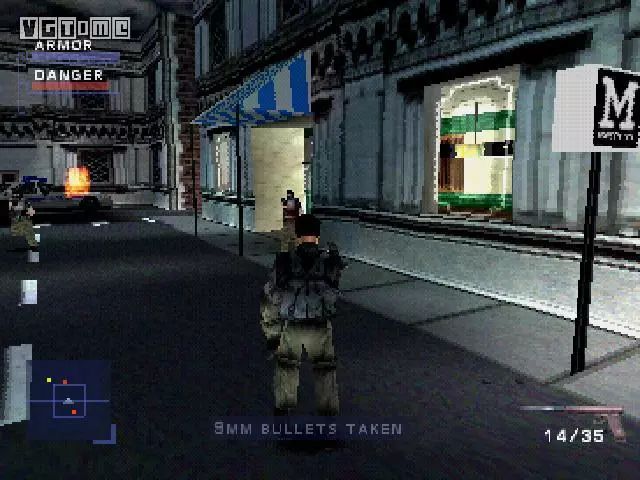
XI [sái]
“XI [sái]” has a more intuitive name in the European and American markets: “Devil Dice”. Puzzle games were also quite popular on home consoles at that time, and after its release in 1998, it quickly set a sales record of over a million copies. The gameplay of “XI [sái]” is similar to match-3 games, where players need to roll dice to form the same face and eliminate them, with up to 1000 levels available, making it addictive for many.
“XI [sái]” is still available for purchase on the PlayStation Store and supports PS3, PSP, and PSV platforms. However, since there are no sequels to the game, aside from a few loyal fans who might play it occasionally, there are likely not many new players willing to try it.
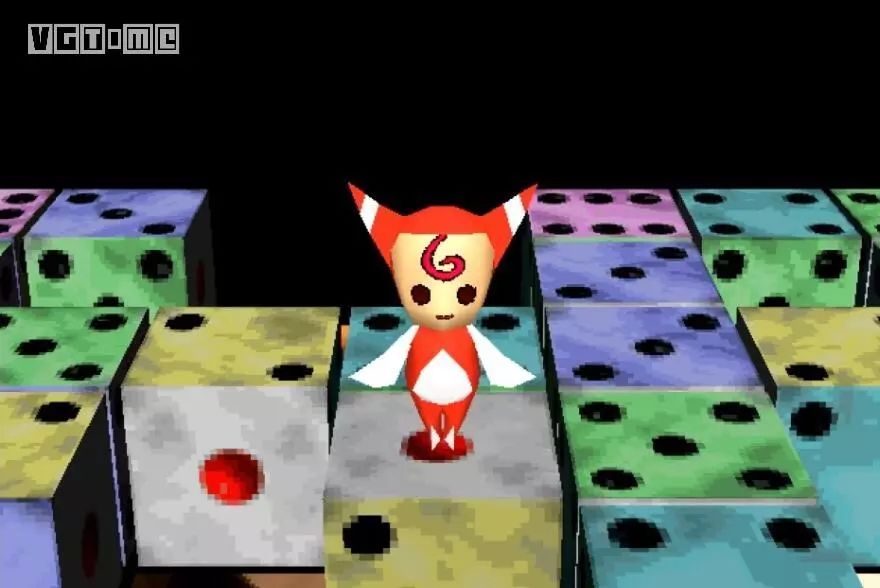
I.Q Intelligent Qube
“I.Q Intelligent Qube” is another notable puzzle game on the PS platform, featuring its own unique worldview. Players control a character placed on a “platform”, while blocks roll in from one direction. You must use marking, elimination, and movement strategies to prevent yourself from encountering danger.
After its release in 1997, the game quickly achieved million sales, and there are some derivative works on the PSP platform, such as “Practical Intelligence Quotient” and “Practical Intelligence Quotient 2”. The design ideas of these works have an interesting background, reportedly originating from Kyoto University’s human intelligence model. Of course, this also means that they are quite challenging to master, and since 2005, similar works have been rarely seen.
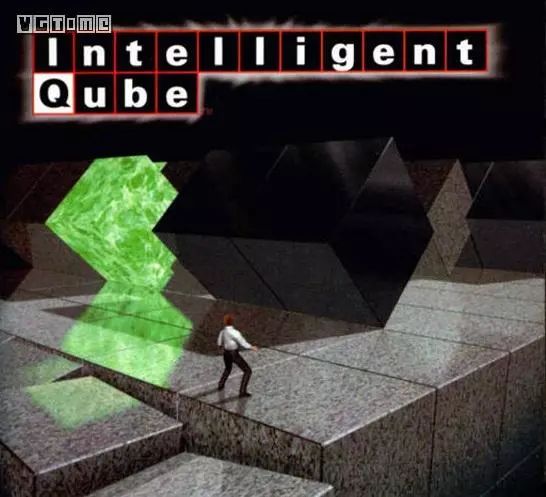
Jumping Flash!
“Jumping Flash!” combines first-person shooting and platform action genres, allowing players to control a mechanical rabbit that jumps and traverses different levels while defeating enemies and collecting lost items. Each level has different mechanisms, and players can use various weapons to defeat troublesome enemies, along with the mechanical rabbit’s abilities (like triple jumps), making the gameplay enjoyable and unpredictable.
“Jumping Flash!” was officially released in 1995, and a year later, “Jumping Flash! 2” also landed on the PS1 platform. An interesting anecdote is that to save time and costs, the engine and interface of the second installment were borrowed from the first. Although it introduced many innovations in gameplay, due to various reasons, it ultimately became an experimental product, and the sequel was never realized.
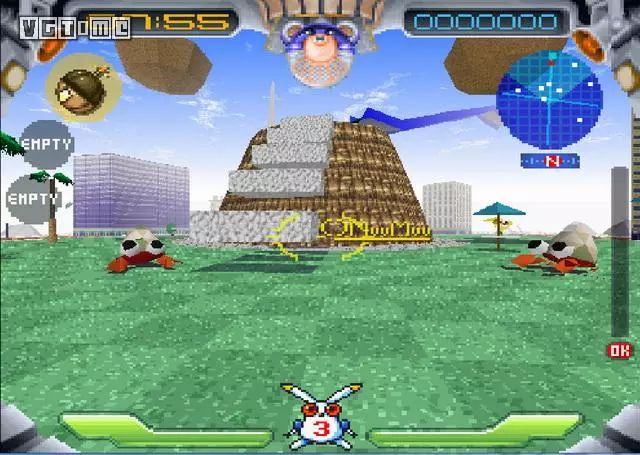
Ridge Racer 4
SIE’s selection of “Ridge Racer 4” for the PlayStation Classic clearly reflects thoughtful consideration. As one of the late PS1 titles, this game fully utilized the console’s capabilities and even won the CESA Annual Award for Best Graphics. The smile of spokesperson Riko Nagase has likely become a beautiful memory for many.
The exhilarating sense of speed and the variety of virtual car brands are reasons why “Ridge Racer” is well-regarded. However, in 2007, producer Hideo Terashima had to divert some attention to PS3’s Cell processing technology, leading to his scattered focus during the development of “Ridge Racer”. Coupled with competition from GT, Forza, and other racing games, the series began to decline.
In 2016, Bandai Namco released the latest installment of the series, “Ridge Racer: Driftopia”, on mobile platforms, but the initial thrill of drifting freely in front of the TV may never return.
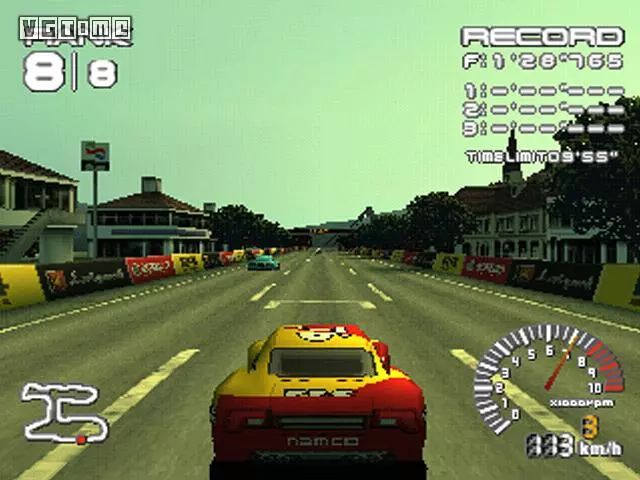
Cool Boarders 2
At the Tokyo Game Show in 1997, developer UEP showcased the newly released “Cool Boarders 2”. Despite having only a small booth, it attracted a large audience to play. The gameplay is relatively simple; players complete a series of tasks and challenges through snowboarding, and it allows for two-player simultaneous gameplay.
The significance of the “Cool Boarders” series lies in its pioneering of the extreme sports game genre, influencing works like Skate and Steep to some extent. The last installment of the series, “Cool Boarders: Code Alien”, was released on PS2 in 2000. After UEP disbanded in 2001, we can only chase the memories of riding the board.
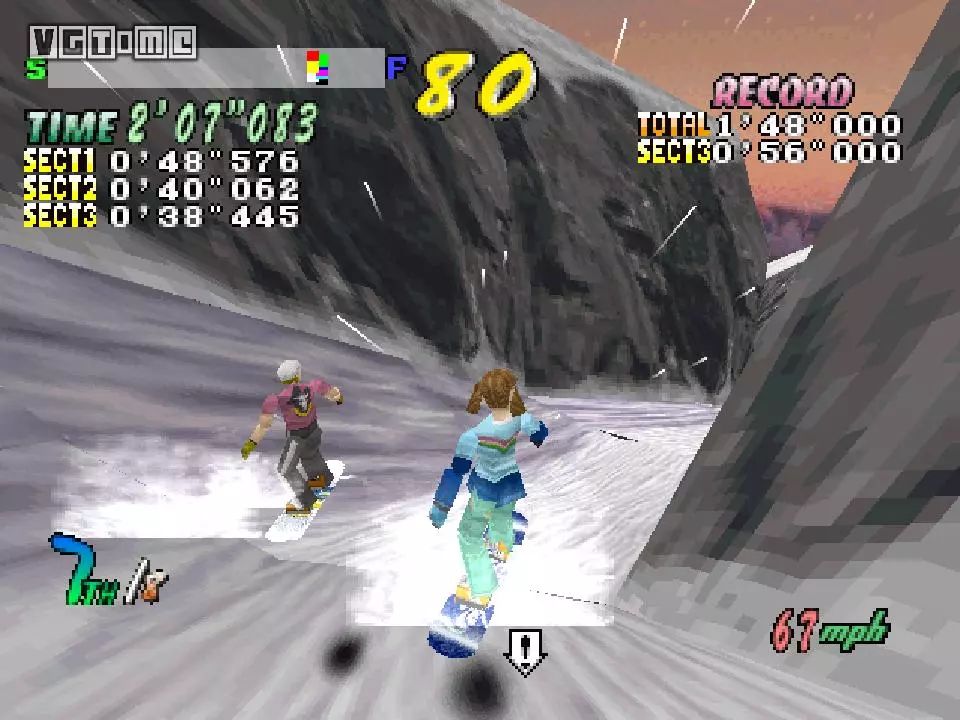
Twisted Metal
Destruction, madness, and punk are all excellent descriptors for “Twisted Metal”. In the game, players need to modify their vehicles, adding turbochargers, braking systems, or equipping them with heavy weapons, with the ultimate goal of destroying other vehicles in a race to become the last one standing. Although the single-player campaign is short and the game details are somewhat rough, the dark humor and innovative spirit embodied in “Twisted Metal” were indeed commendable at the time.
The latest installment of the series was released on PS3 in 2012, but according to producer David Jaffe, the funding party, Sony, has not invested much in resources. Considering that Jaffe has left the team, the performance of the entire series has been mediocre, making the possibility of a sequel quite low.
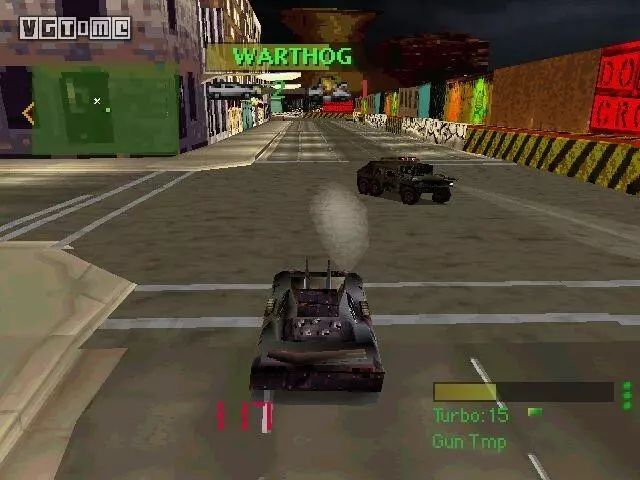
Destruction Derby
Similar to “Twisted Metal”, “Destruction Derby” is also an unconventional racing game. The victory condition is not simply about who finishes first; gaining points and advantages through “crashing” can also be a strategy. The game incorporates durability and overheating elements, making “crashing” itself require consideration of damage, which adds to the overall fun.
The “Destruction Derby” series has been handled by multiple developers, leading to varying quality. The 2004 release, “Destruction Derby Arena”, adopted a more cartoonish tone, further diminishing its popularity, and it became the last installment of the series.
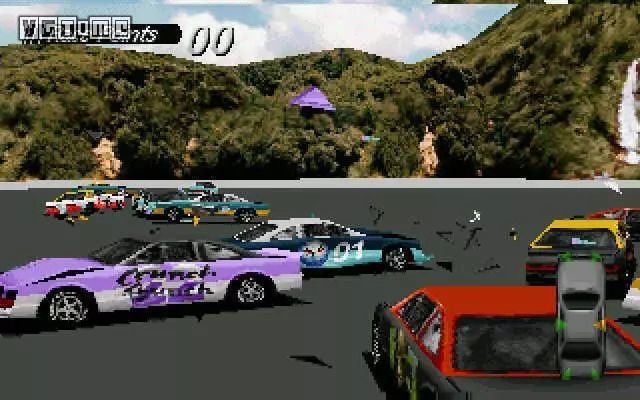
Syphon Filter
The first installment of “Syphon Filter” was born in 1999, and although it was at the tail end of the PS1 era, it remains one of Sony’s more successful original IPs. The main gameplay revolves around third-person shooting, encouraging players to stealthily eliminate enemies, with a wide variety of weapons and mission levels. The interface bears some resemblance to “Metal Gear Solid”. Due to its unique puzzles and storytelling, “Syphon Filter” has its own distinct features within an established framework.
The latest installment, “Syphon Filter: Logan’s Shadow”, dates back to 2007, developed by SCE Bend Studio. Since then, Bend Studio has been busy with the Uncharted series on PSV, and now they are focusing on the development of “Days Gone”, leaving the once vibrant “Syphon Filter” to fade into obscurity.
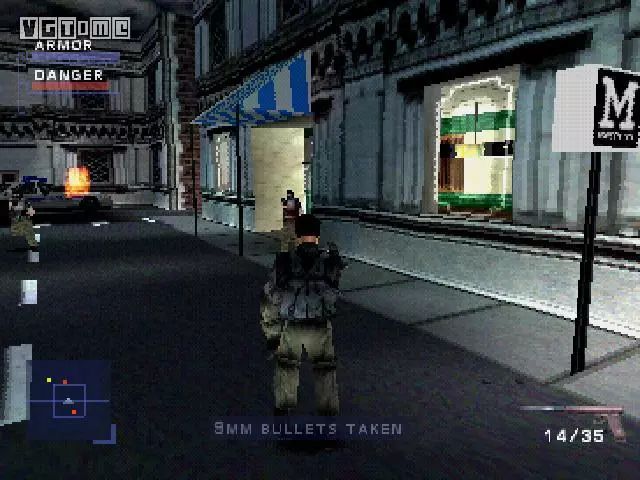
You may have noticed that SIE’s selection of games for PlayStation Classic was not solely based on popularity and sales figures. These 28 titles either pioneered new genres, offered important design ideas, or simply left lasting memories. Those unheard-of contents may have sketched the foundational framework of the gaming industry in the 1990s.
Although a few or even dozens of titles cannot fully represent the era, everyone has their own unique beloved content. However, from another perspective, those profiles and scenes connected to PS1 games will undoubtedly coalesce into a beautiful memory of an era.
Search “VGTIME2015” within WeChat to follow us.
Long press the image to download the app for more exciting content.

